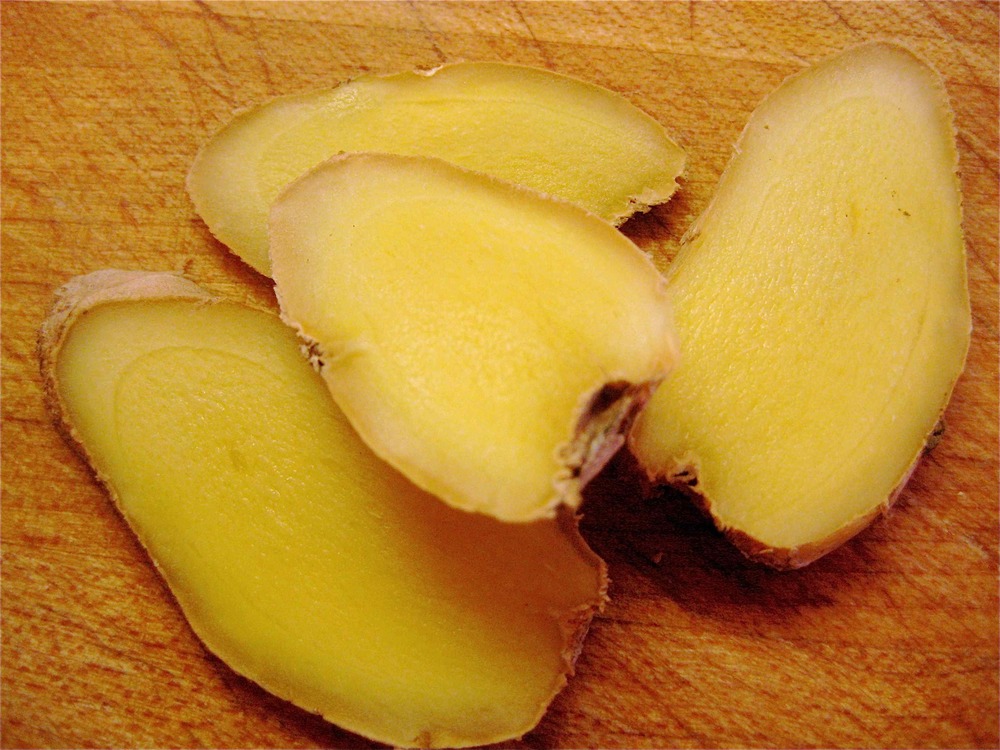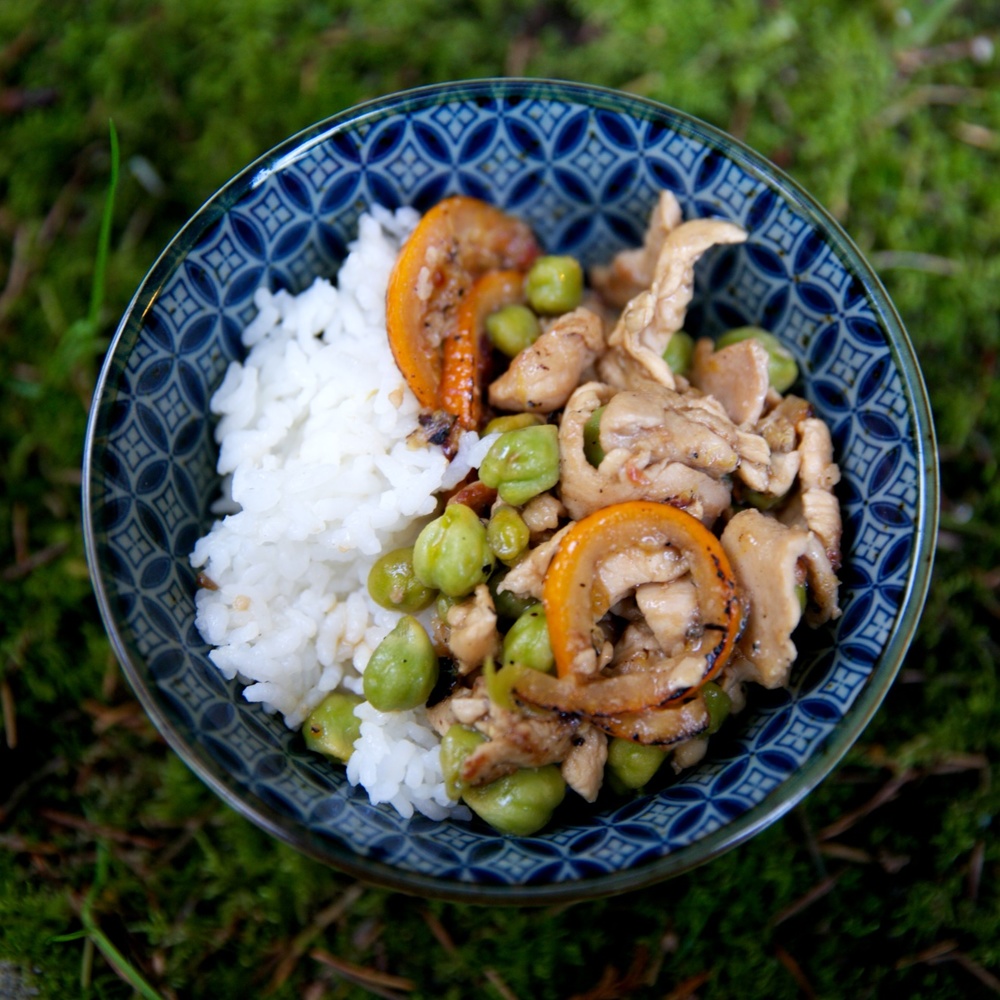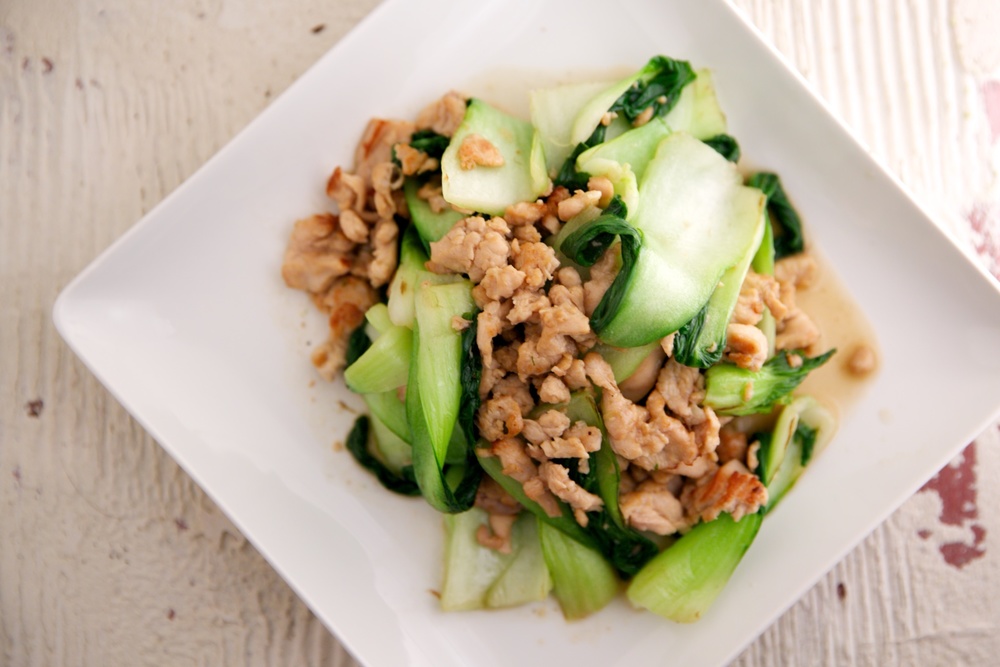It is a constant refrain: There’s nothing in the fridge.
Perhaps. But a cook can create something from nothing. When I say “cook,” I don’t mean “professional chef.” That implies a level of restaurant refinement that most home cooks have neither the need nor the skill to achieve. Besides, few of us have the time or the battery of specialty tools required to make restaurant food.
Knowing how to cook certainly requires a base knowledge about ingredients and techniques. But in the context of a home kitchen, knowing how to cook means being open to the possibilities and not being bound by recipes. This is when understanding cooking principles is important.
For example, my husband once wanted to make pot roast, but there were a couple of ingredients that he didn’t have. He started to agonize about what to do and threatened to make a special trip to the store at the eleventh hour for items that, in my opinion, weren’t significant enough to warrant the effort. My question to him: What is a pot roast? I proceeded to explain that a pot roast is essentially a braise and that based on one of his previous experiences preparing a recipe from Molly Stevens’ “All About Braising,” he already had everything he needed in order to make a delicious pot roast. Instead of relying on the seasoning packet that he had intended on using, my husband was able to create flavor through technique: searing the meat, sautéing the savory vegetables, enriching the sauce with red wine and fresh herbs, letting the constant heat of the oven do the work.

On days when there is “nothing” in the refrigerator, I take it as a challenge to create something. How do I do it? From the perspective of a Chinese kitchen, it starts with some basic ingredients: soy sauce, hot sauce, vinegar, wine, ginger, green onions, garlic, sugar, peanut or vegetable oil, sesame oil, white pepper, rice, noodles, dried shiitake mushrooms. There’s something to cover the hot, sour, salty, sweet and umami (savory) flavors. A few other items I usually have on hand: Chinese sausage, Chinese (or napa) cabbage, carrots, celery, baby bok choy and yu-choy.
With these ingredients on hand, the possibilities are many.
If I’m in a position to have to make something from nothing, it usually means that I’ve had a long day and I didn’t have time to stop at the store, or it’s just one of those frugal weeks. We are a meat-eating family, so when there’s nothing, it probably means there’s no significant piece of protein that’s ready to use. While I don’t cook Chinese for every meal every day, it’s what I rely on for a something-from-nothing situation.
There are two issues you have to consider: What combination of the ingredients on hand will build the most flavor and how best to allocate your ingredients in order to create enough quantity to feed your family and maybe even have some leftovers. Say I opened the fridge and had the following staples: Chinese cabbage, Chinese sausage, carrots, celery, eggs, green onions, tomato. I could make one dish or I could make three. I’d go for three and make a pot of rice, which would yield leftovers for my husband’s lunch the next day. The options:
- Cabbage with Chinese Sausage: Sliced Chinese cabbage and sausage stir-fried with soy sauce, maybe a drizzle of sesame oil at the end.
- Celery and Carrot Stir-Fry: Julienned carrots and celery with soy, red pepper flakes or a jalapeno (whatever is on hand), touch of rice vinegar.
- Tomato Egg: Scrambled eggs with chopped green onions in a sauce of tomatoes and soy. OR, instead of the stir-fry, the tomato and eggs can become a tomato egg drop soup (sauté the tomatoes until soft, add soy sauce, add water, bring to boil, add beaten eggs, stir, adjust seasoning).
Don’t fret about not having a recipe. Just remember the basic technique behind a stir-fry:
- Cut all your ingredients first. Vegetables should be in pieces that are of similar size so they cook evenly. Meats are thinly sliced or cut into small chunks so that they will cook quickly.
- Heat pan or wok. Add oil.
- If you are cooking meat, do so now. Remove from the pan or wok. Scrape the bottom of the pan to remove any bits. Then, add a little more oil and let it heat through before adding savory items.
- Add savory items: If you are using ginger, garlic, green onions and/or chilies, add them now to the hot oil. This will help release the flavors.
- Add vegetables and stir-fry. Add meat back in. Stir.
- Add sauce: soy and a little water, if needed. Depending on the flavor profile, you can add vinegar, bean sauce, hot sauce, white pepper, sugar, etc.
- Finish, if needed, with a drizzle of sesame oil.




